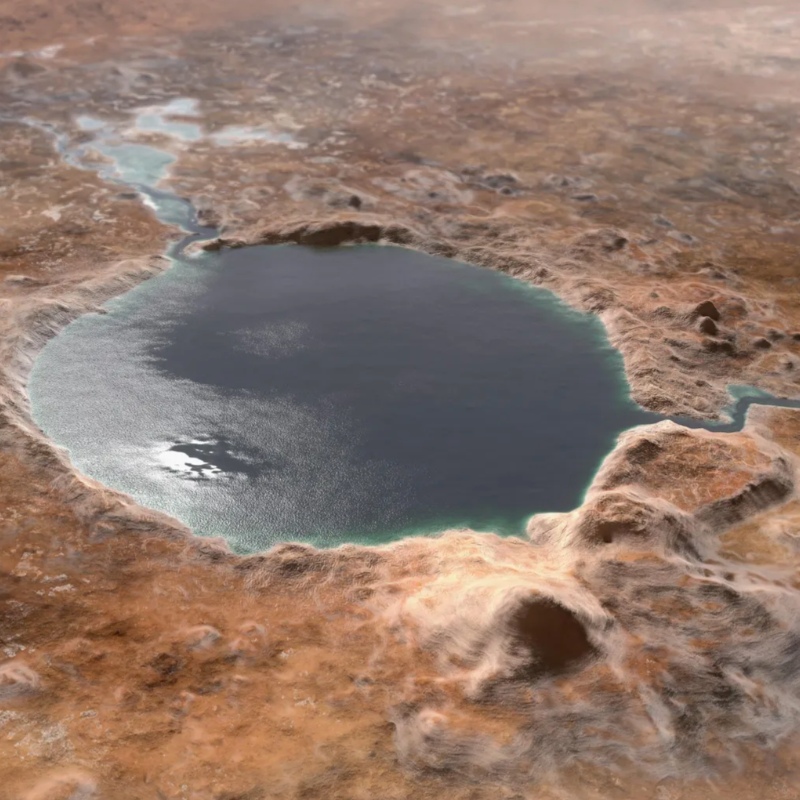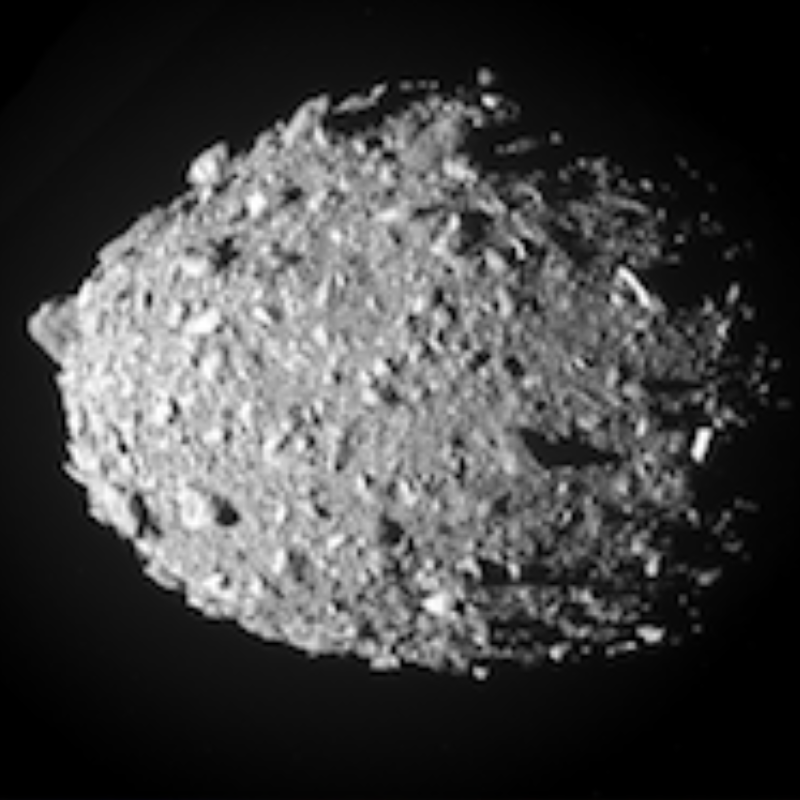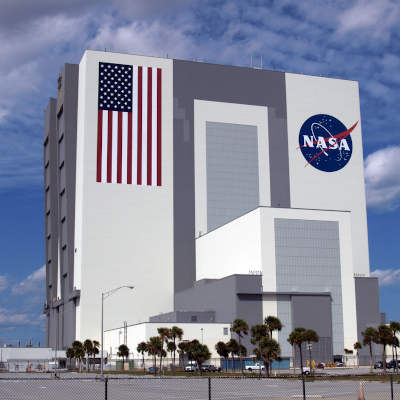How can humans protect the Earth from devastating asteroid and comet impacts?
Feb. 17, 2024.
2 mins. read.
Interactions
"Next generation RADAR" will use the NSF's Green Bank Telescope and other facilities for planetary defense
Currently, we depend on early warning by NASA’s Goldstone Solar System Radar. Located in the desert near Barstow, California, it is part of NASA’s Deep Space Network (DSN) (also used to explore other planets).
“Next generation RADAR” on Green Bank Telescope
However, to expand on these capabilities, the National Radio Astronomy Observatory (NRAO) has developed a new instrument concept called the “next generation RADAR” (ngRADAR) system. It will use the National Science Foundation’s Green Bank Telescope (GBT) and other current and future facilities for planetary defense.
Today (Saturday, February 17) scientists will showcase recent results obtained with ground-based radar systems at the American Association for the Advancement of Science’s annual conference in Denver, Colorado.
The future of space radar
“There are many applications for the future of radar, from substantially advancing our knowledge of the Solar System, to informing future robotic and crewed spaceflight, and characterizing hazardous objects that stray too close to Earth,” says Tony Beasley, NRAO’s director.
Most recently, the GBT helped confirm the success of NASA’s DART mission (also see Mindplex Nuke That Asteroid! Is That A Good Idea?), the first test to see if humans could successfully alter the trajectory of an asteroid, “ says NRAO scientist and ngRADAR project director Patrick Taylor.
“With the support of Raytheon Technologies, ngRADAR pilot tests on the GBT—using a low-power transmitter with less output than a standard microwave oven—have produced the highest-resolution images of the Moon ever taken from Earth. Imagine what we could do with a more powerful transmitter,” he said.
The GBT is the world’s largest fully steerable radio telescope. The maneuverability of its 100-meter dish enables it to observe 85 percent of the celestial sphere, allowing it to quickly track objects across its field of view.
Let us know your thoughts! Sign up for a Mindplex account now, join our Telegram, or follow us on Twitter.


.png)

.png)


.png)





0 Comments
0 thoughts on “How can humans protect the Earth from devastating asteroid and comet impacts?”